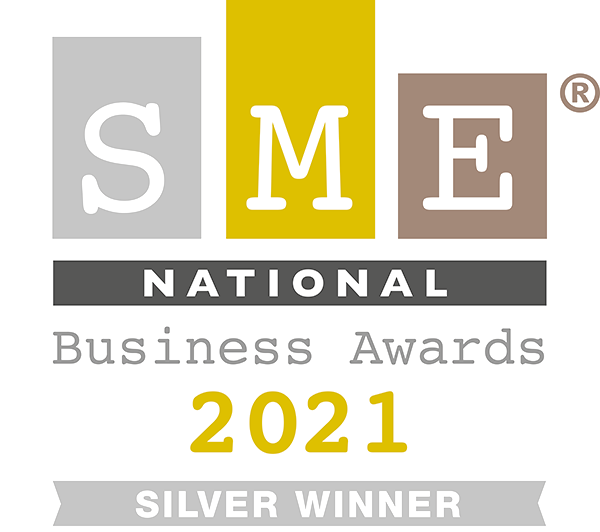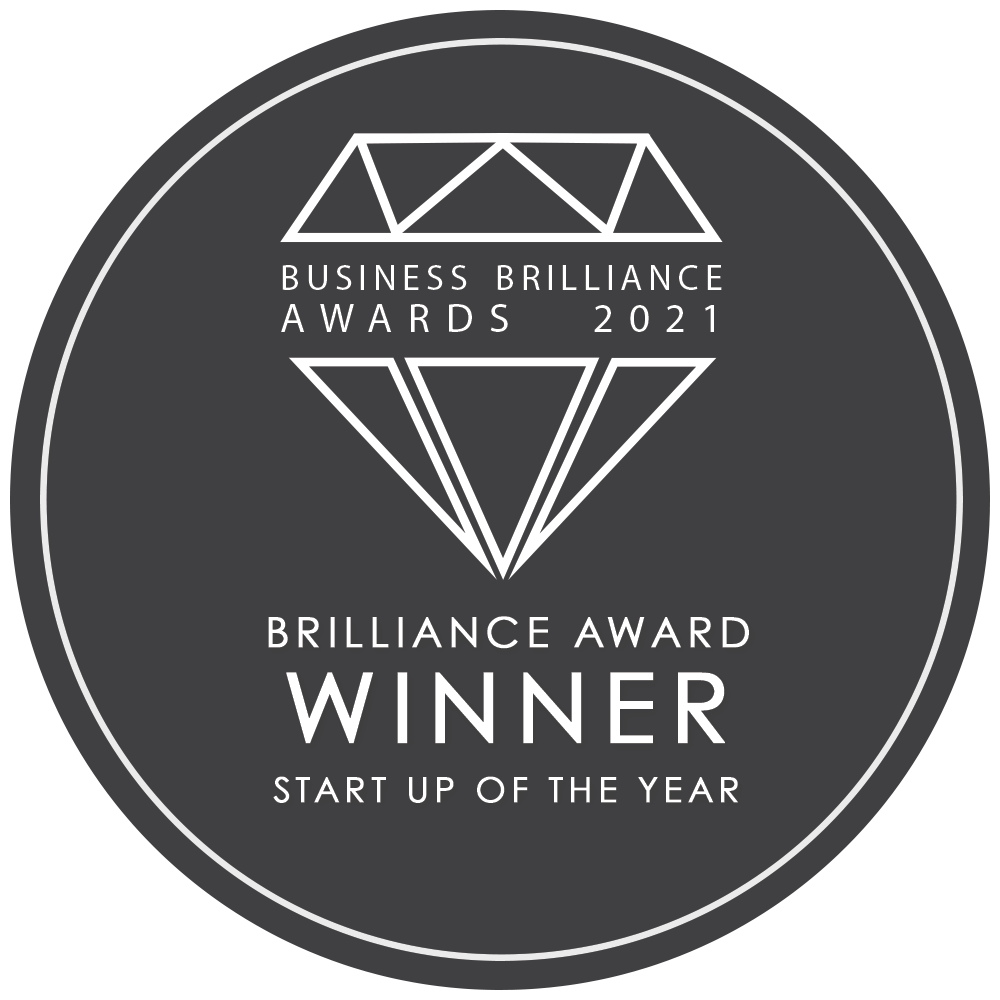B2B email marketing emerges as a strategic powerhouse in the realm of digital communication, uniting businesses with their potential clients in the business-to-business sector. It’s not just about sending emails; it’s a nuanced method of engaging sales prospects, educating them through meticulously crafted campaigns, and systematically converting them into marketing qualified leads (MQLs) for enhanced lead generation and customer journey advancement. With stats revealing that 49% of B2B marketers acclaim email for its pivotal role in driving engagement and a similar percentage affirming its efficacy in driving conversions, the impact of B2B email marketing is undeniably profound. Furthermore, it boasts of an unparalleled return on investment (ROI), making it a crucial element of any B2B marketing strategy.

The success of B2B email marketing lies not only in its ability to foster direct connections with business prospects but also in building lasting relationships and establishing trust through effective email targeting and the use of strategic landing pages. As businesses continue to navigate the complexities of the B2B landscape, incorporating email marketing best practices, understanding the essential components of high-performing B2B emails, and adopting adaptive strategies are key to unlocking the full potential of B2B campaigns. This blog will delve into the foundational elements of successful B2B email marketing, offering insights into crafting a winning strategy that resonates with the intricate dynamics of the B2B marketing sphere.
The Foundation of B2B Email Marketing
To lay a solid foundation for B2B email marketing, it’s essential to understand the unique needs and preferences of B2B customers. They are particularly receptive to communications that not only inform but also provide tools and solutions that can scale their operations. Here are key practices to enhance the foundational strategy of your B2B email marketing:
1. Announcement Emails:
- Purpose: Keep your audience informed about significant updates or releases.
- Practice: Like Strikingly, use announcement emails to broadcast major developments within your company. This keeps your audience in the loop and encourages engagement.
2. Exclusive Previews and Trials:
- Purpose: Increase anticipation and user engagement.
- Practice: Offer sneak peeks of upcoming tools or services, and consider providing trial versions to let potential customers experience the benefits firsthand. This strategy not only boosts engagement but also helps in gathering feedback for improvements.
3. Customization of Content:
- Purpose: Tailor messages to meet the specific needs of each segment of your audience.
- Practice: Develop targeted strategies that resonate with different segments of your business audience. This ensures that the content is relevant and drives the desired action, enhancing both engagement and conversion rates.
By focusing on these foundational strategies, businesses can better align their email marketing efforts with the needs and expectations of their B2B clientele, ensuring sustained engagement and improved conversion rates.

Crafting a Successful B2B Email Marketing Strategy
To craft a successful B2B email marketing strategy, it is essential to begin with a clear understanding of your objectives and the specific needs of your target demographic. This strategic planning involves several crucial steps that ensure your campaigns are both effective and efficient in reaching and engaging your B2B audience.
Define Your Objectives and KPIs
- Objective Setting: Start by defining what you want to achieve with your email marketing efforts. Whether it’s increasing lead generation, enhancing engagement, or driving sales, clear objectives will guide your campaign design and execution.
- KPI Determination: Identify key performance indicators that will help you measure the success of your campaigns. These could include metrics such as open rates, click-through rates, conversion rates, and overall ROI.
Building and Segmenting Your Email List
- List Building: Continuously grow your email list by adding new subscribers who are genuinely interested in your offerings. Utilize tactics like offering valuable resources or information in exchange for email signups.
- List Segmentation: Clean and segment your email list regularly to ensure messages are targeted towards specific groups. This segmentation can be based on factors like industry, company size, or past interactions with your emails.
Campaign Planning and Execution
- Message Mapping: Create a message map for each segment, tailoring content to meet the unique needs and interests of each group. This ensures that your emails are relevant and engaging to each recipient.
- A/B Testing: Plan and execute A/B tests for various elements of your emails, such as subject lines, email content, and call-to-action buttons. This helps in understanding what resonates best with your audience.
- Behaviour-Triggered and Drip Campaigns: Implement user-behaviour-triggered emails alongside drip campaigns to maintain engagement and nurture leads effectively. These automated emails are triggered based on specific actions taken by users, providing timely and relevant content.
- One-off/Manual Campaigns: In addition to automated emails, plan for one-off campaigns that might be centred around specific events or announcements. These help in keeping the content dynamic and less predictable.
By adhering to these structured steps and continuously analyzing the results to tweak and improve your strategies, your B2B email marketing efforts can become more targeted, effective, and successful. Remember, the key to successful email marketing lies in understanding your audience deeply and delivering content that not only informs but also engages and converts.

Essential Components of High-Performing Email Campaigns
To ensure the effectiveness of B2B email marketing campaigns, several essential components must be meticulously integrated. These elements are pivotal in enhancing the performance and success of your email strategies:
1. Email Design and Compliance:
- Sender Information: Always include the sender’s name, address, and an easy-to-find unsubscribe link to maintain transparency and comply with email regulations.
- Text Simplicity: Where possible, utilize plain text emails to ensure compatibility across all email clients and devices, reducing the risk of formatting issues that could deter message clarity.
2. Optimization and Personalization:
- Mobile Optimization: Given the increasing use of mobile devices to check emails, it’s crucial to optimize email campaigns for mobile viewing to improve readability and user engagement.
- Personalization Tactics: Craft original and personalized email content and subject lines to capture attention and foster a connection with the recipient. This approach not only enhances engagement but also boosts the open and click-through rates.
3. Testing and Timing:
- A/B Testing: Regularly employ A/B testing on various elements of your emails, such as subject lines and call-to-action buttons, to identify the most effective versions that resonate with your audience.
- Optimal Send Times: Sending emails on Tuesdays and Thursdays can lead to higher open rates, as studies suggest these are the most effective days for B2B email engagement.
4. Advanced Campaign Techniques:
- Behaviour-Triggered Emails: Implement campaigns that trigger emails based on user behaviour to deliver timely and relevant content, significantly enhancing the personalization of the customer journey.
- Drip and Manual Campaigns: Utilize drip campaigns to provide a series of emails based on specific timelines or user actions, alongside one-off campaigns that address immediate business updates or announcements.
5. Technology and Tools:
- Email Service Providers: Partner with reliable providers like Mailjet to leverage sophisticated tools for better delivery rates, sender reputation, and detailed analytics, which are critical for refining campaign strategies and understanding audience behaviours.
- Cookie Utilization: Implement performance and functional cookies to enhance website and email service functionality, ensuring an optimal user experience and improved campaign performance.
By integrating these components into your B2B email marketing campaigns, you can significantly enhance the effectiveness and efficiency of your communications, driving better engagement, lead generation, and conversion outcomes.

Best Practices for B2B Email Engagement
To elevate the effectiveness of B2B email marketing campaigns, adhering to best practices is essential. These practices not only ensure compliance and improve deliverability but also enhance engagement rates, crucial for achieving marketing goals. Below are key best practices to integrate into your B2B email strategies:
Optimal Timing for Emails:
- Best Days: Sending emails on Tuesdays and Thursdays has been shown to yield higher open rates. Choosing the right day can be pivotal in ensuring your message reaches the audience when they are most receptive.
- Testing for Timing: Continually test different sending times to identify optimal windows that cater specifically to your audience’s preferences.
Personalization and Testing:
- Subject Lines and Content: Create original, personalized subject lines and email content to capture attention. Tailoring content to the recipient’s interests and needs can significantly increase open and click-through rates.
- A/B Testing: Regularly employ A/B testing to compare different versions of subject lines, email body content, and calls-to-action. This practice helps in discerning the most effective elements that resonate with your audience.
Email Design and Compliance:
- Basic Elements: Always include the sender’s name, address, and an easy-to-find unsubscribe link in your emails to meet legal requirements and maintain transparency.
- Email Format: Where possible, use plain text emails to enhance deliverability and ensure that your messages are accessible across all email clients and devices.
By implementing these best practices, businesses can refine their B2B email marketing approach to better meet the needs of their audience, fostering improved engagement and driving successful campaign outcomes.

Analyzing and Optimizing Your Email Marketing Efforts
Analyzing and optimizing your B2B email marketing efforts are pivotal steps in refining your strategy and enhancing overall campaign performance. Here are key practices to ensure continuous improvement:
1. Performance Metrics Monitoring:
- Open Rates and Click-Through Rates: Regularly track these metrics to gauge the immediate appeal and engagement level of your emails.
- Conversion Rates: Assess how effectively your email campaigns convert prospects into marketing qualified leads (MQLs), aligning with the distinct objectives of B2B compared to B2C email marketing.
- Engagement by Day: Confirm that sending emails on optimal days, such as Tuesdays and Thursdays, aligns with higher engagement rates in your specific industry.
2. Strategic Adjustments Based on Data:
- A/B Testing: Continuously test different elements of your emails, including subject lines personalized with the recipient’s name, geographic location, or job title. Utilize insights from these tests to refine your message map and content strategy.
- List Management: Enhance deliverability and engagement by regularly cleaning your email list, removing unengaged subscribers, and updating contact information to maintain a high-quality list.
3. Tools and Technologies for Effective Execution:
- Email Marketing Platforms: Employ robust platforms like Mailjet, which support advanced campaign techniques and provide detailed analytics for deeper insights into campaign performance.
- Sales and Marketing Tools: Consider tools like Cognism for building your contact list, offering access to verified emails and intent data, which can significantly increase your email deliverability and conversion rates.
By implementing these analytical and optimization strategies, businesses can significantly improve the precision and effectiveness of their B2B email marketing efforts, driving better results and ROI.

Conclusion
B2B email marketing stands as a formidable bridge between businesses and their prospective clients, nurturing this connection through strategically crafted emails that not only inform but also captivate. The journey from the foundational strategies through the crafting of successful campaigns, to the meticulous optimization of these efforts, underscores the profound impact and unmatched ROI that email marketing contributes to B2B entities. By integrating essential components and following best practices, businesses can significantly enhance their engagement and conversion rates, ensuring that each campaign is not just seen, but also resonates deeply with the intended audience.

In the pursuit of excellence in B2B email marketing, it is crucial to partner with a service that understands the intricate balance between strategy and execution. MyOutreach offers end-to-end B2B email marketing services, ensuring that from building your email list to delivering that final, crucial call-to-action to potential new customers, every step is handled with the precision and care your audience deserves. Contact us today and get a free media plan!











